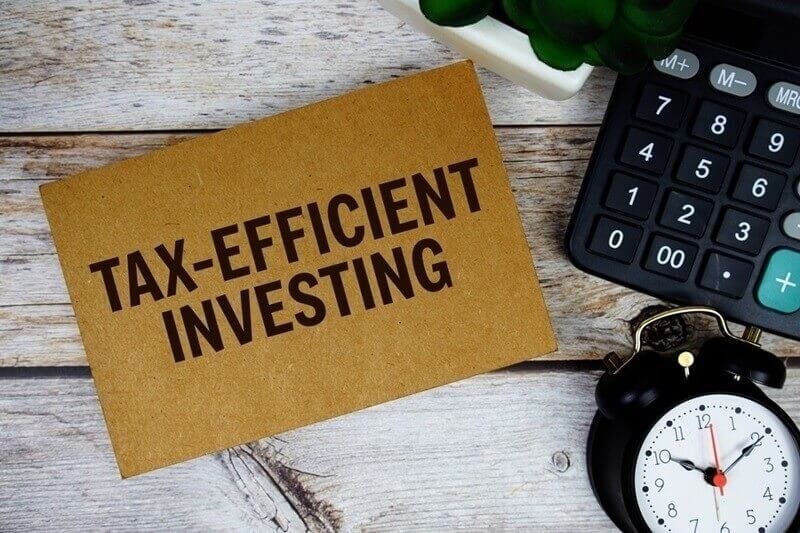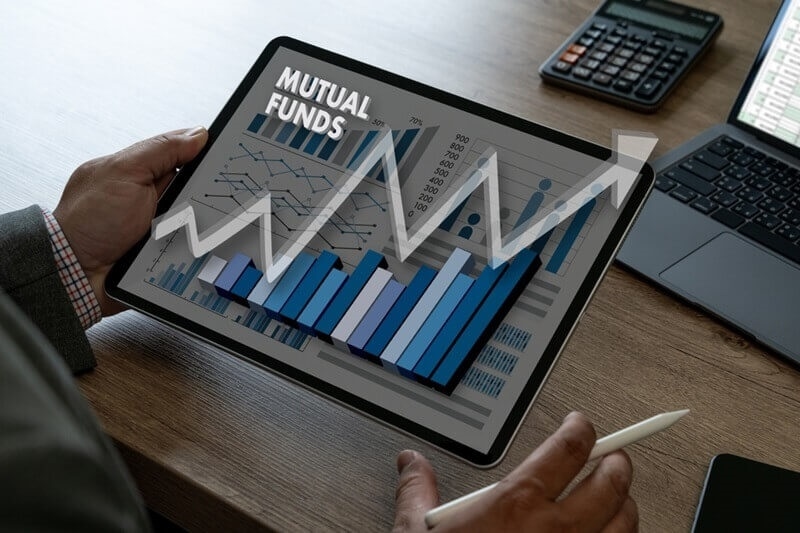
In terms of building wealth, it's not the amount you make—it's the amount you keep. And that's why tax-efficient investing is maybe one of the most neglected but most potent techniques all smart investors need to learn. When most are more focused on pursuing returns, smarter investors care just as much about keeping taxes low. In the long term, this focus can do wonders for increasing your net returns.
Here on this blog, we are going to talk about how to build a portfolio that is not just aligned for performance but also tax-efficient. We will walk through tax-efficient portfolio strategies, look at vehicles like tax-efficient mutual funds and ETFs, see how to optimize retirement account taxes, and dive into strategies like tax loss harvesting to reduce your tax burden without sacrificing your investment goals.
Investment profits always look so compelling on a piece of paper, but once taxes are factored in, the actual profit may look much less dramatic. Whether it's capital gains, dividends, or interest income, taxes will devour a significant chunk of your portfolio in taxable brokerage accounts. That's why tax-efficient investing works to reduce tax drag and maximize potential after-tax return without altering your investment strategy, essentially.
A well-designed tax strategy ensures that your money stays invested and compounds more efficiently over time. And this is not just for high-net-worth individuals. Anyone with a taxable investment account or a retirement plan can benefit by thinking through the tax implications of every dollar invested.
One of the foundations of tax-efficient portfolio strategies is asset location. It's a simple idea—place tax-mugger investments in tax-preferred accounts and the more tax-efficient ones in taxable accounts.
For example, interest-bearing investments like bonds, REITs, and turnover-heavy funds would typically be best invested in tax-deferred accounts such as traditional IRAs or 401(k)s. Those accounts shield interest and short-term profit from upfront taxation. Tax-effective investments such as stocks, ETFs tracking broad markets, muni bonds, or tax-effective mutual funds are ideal for taxable brokerage accounts because they cause fewer taxable events.
This strategy not only yields the highest after-tax return on your entire portfolio but also becomes compatible with long-term compounding techniques. Strategic asset placement is the central tenet of any tax-efficient investment strategy.

Conventional mutual funds are infamous for creating year-round capital gains distributions, which are subject to taxation even when you don't redeem your shares in the funds. Tax-efficient mutual funds, though, are constructed to keep these distributions low. They accomplish this by using techniques such as low turnover, in-kind redemptions, and loss offsetting in a way that prevents triggering of taxable events where possible.
Most index mutual funds fit the bill here, particularly broad index funds that don't involve much rebalancing. Some fund families also have "tax-managed" mutual funds available that are actually recognized as tax-efficient investments, with the goal of having low turnover and being successful in holding on to time benefits.
You can keep your tax costs in line while still gaining exposure to diversified, professionally managed securities by adding tax-efficient mutual funds to your portfolio, especially in taxable accounts.
Exchange-traded funds (ETFs) are often employed for tax-efficient investing because of their unique creation and redemption process known as "in-kind transfers." Such a process allows the ETF to sell securities that have appreciated in value without realizing capital gains, thereby maintaining low taxable distributions to shareholders.
Too many investors fail to use the great tax benefits available to them through retirement accounts. Retirement tax optimization is all about selecting the correct form of retirement vehicle—traditional IRA, Roth IRA, 401(k), etc.—and utilizing it in a manner that serves your overall tax strategy.
Carefully timed Roth conversions, planned withdrawals, and even Social Security coordination can all contribute to your enhanced retirement success.
This not only complements tax-efficient investing strategies, but also offers you greater control over your taxable income.
Even the most affluent portfolios incur losses. But with some savvy planning, those losses can be turned into a tax advantage. Enter tax loss harvesting. A year-round, disciplined approach to tax loss harvesting is far more effective than simply doing it in December. It can boost your after-tax return on your portfolio considerably and make your tax-efficient investing strategy even more powerful.
A successful tax loss harvesting strategy allows investors to sell investments at a loss to postpone gains elsewhere in the portfolio. For example, if you sold an investment that made you a $5,000 profit, you could sell a losing one to incur a $5,000 loss and wash the gain so that you won't need to pay capital gains tax for the year. Though you may lack gains, gains resulting from previously harvested losses can be brought forward to balance future gains or offset up to $3,000 per year of ordinary income.
But it's not just short selling for a loss. It is a matter of replacing the shorted security with an equivalent—not "substantially identical"—asset so you can still maintain your market exposure. For instance, if you take losses off a large-cap ETF, you could buy a slightly different big-cap ETF in order to stay invested.
Creating an efficiently taxed portfolio requires a big-picture understanding of your money, goals, investment horizon, and ability to take risks. It's more about selecting tax-favored investments in general, but putting them together wisely, placing them within the right accounts, and managing them actively with tax impact in mind.
This is what it could look like:
This balancing does not have to entail watching the markets constantly or rebuilding your entire portfolio every year. Instead, it involves putting a system in place and making modest, informed decisions regularly. Over time, these tax-smart habits can add up big in your wealth.
Over the course of decades, a 1% difference in after-tax returns can add hundreds of thousands of dollars to your nest egg. That's why tax efficient investing is not something minor—it's a pillar of long-term planning.
Investors have the tendency to undervalue taxes simply because the effect is not directly realized. However, with time, the steady but slow loss that results from poor tax planning adds up. Irrespective of whether you are saving for retirement, a house, or family riches, tax control should be on the agenda.
And the best part? A majority of tax-effective portfolio methods aren't high-risk or high-maintenance. Anyone can trim the tax bite on their investments and still make their money grow through the proper resources, guidance, and a little discipline.
Taxes are inevitable, but the amount at which you end up paying is generally within your control. By adopting the methodologies of tax efficient investment, you can have a tremendous bearing on your wealth-building process. Methods like retirement account tax optimization, judicious use of tax-efficient mutual funds and ETFs, and strategies outlined in any good tax loss harvesting manual can collectively insulate your investments from avoidable tax drag.
Look ahead, and consider this: the returns you do not lose to taxes are worth as much as the returns you earn. Build a tax-effective portfolio today—not for the dollars, but for the peace of mind that your money is earning as hard as possible for you.
This content was created by AI